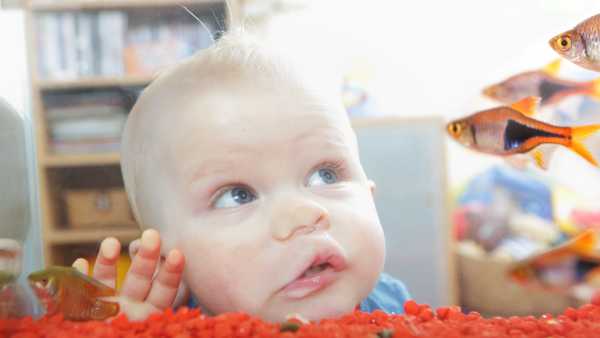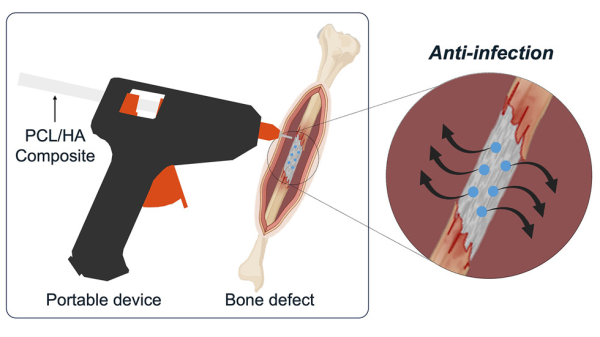
A team of researchers modified a glue gun to print a bone-like material directly onto a fracture site. (Image credit: Device/Jeon et al. CC BY-SA)
Researchers have modified a standard glue gun to 3D print bone-like material directly onto fractures, opening up the possibility of its use in the operating room.
The researchers say the device, which has already been tested on rabbits, will be particularly useful for fixing irregularly shaped fractures during surgery.
“To my knowledge, there have been almost no previous examples of this technology being used directly as a bone substitute,” study co-author Jeong Seung Lee, a biomedical engineer at Sungkyunkwan University in South Korea, told Live Science in an email. “This makes the approach quite unique and different from traditional methods.”
You may like
-
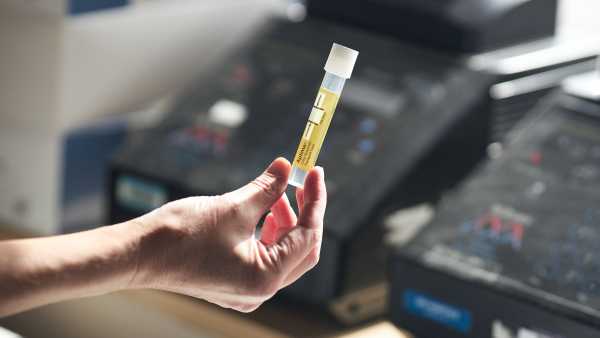
Scientists Turn Urine Into Material Suitable for Medical Implants
-
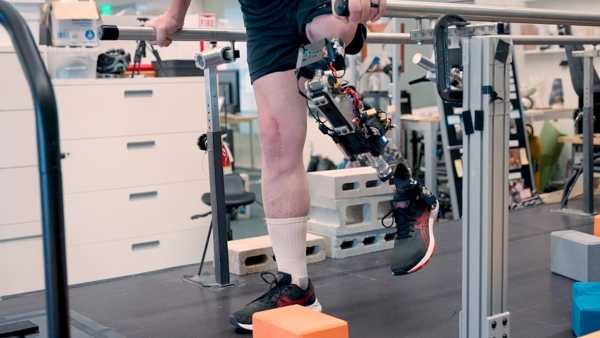
The new bionic knee connects directly to muscles and bones to provide a better feel for the user's body.
-
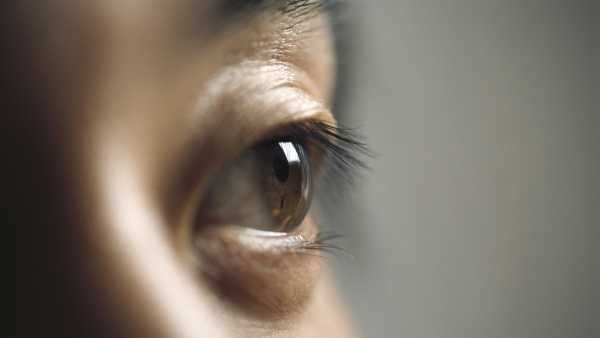
First trials of new non-laser eye treatment show promising results
Typically, large fractures or other bone defects require bone grafting and the use of a metal fastener, such as a pin or plate, to support the broken bone during the healing process. However, because these implants are not shaped to fit the patient's specific fracture, they can lead to malunion and decreased bone stability.
Previous studies have shown that it is possible to make custom bone grafts using 3D printing for individual patients, but they require significant time and effort to produce, making them unsuitable for use during surgery.
In a study published Friday (Sept. 5) in the journal Device, Li and his colleagues detailed their new method for 3D printing a bone substitute directly onto a fracture using a glue gun. In the study, they successfully tested the technology on rabbits with leg fractures.
Conventional 3D printing typically uses a flexible plastic filament that’s heated and then molded into the desired shape. But Li and his colleagues created a filament made of two materials: polycaprolactone (PCL), which has been used in previous studies to create biodegradable bone scaffolds, and hydroxyapatite (HA), a mineral form of calcium that’s important for bone structure. They also included two antibiotics in the filament to prevent infection; the drugs are slowly released from the filament over several weeks.
Using a glue gun modified to extrude calcium-based filament at low temperatures, the researchers created small figurines that cooled to body temperature within 40 seconds. They were then able to 3D print bone grafts directly onto fractures and defects during surgery on lab rabbits.
“This highlights the significant benefit in terms of reducing operating time and improving procedural efficiency in real-world surgical settings,” Lee said in a statement.
The researchers tested their 3D-printed bone grafts on New Zealand white rabbits (Oryctolagus cuniculus). They fixed the fractures with metal plates and screws, then filled the rabbits' bone defects with either special bone-like fibers or traditional bone cement, and monitored the rabbits' progress for 12 weeks.
RELATED STORIES
—Mysterious migraines after heart surgery may finally be explained
— Life-threatening 'leaks' after surgery could be detected faster with a new tiny device
— Doctors have performed the first-of-its-kind operation on the brain of a fetus in the womb.
Rabbits given the new fracture treatment had better outcomes, including better bone formation and denser bone growth over three months, compared with rabbits given the traditional treatment. By the end of the study period, the experimental bone material had degraded by about 10%, the researchers noted.
“We have confirmed the therapeutic potential of this technology in a rabbit model,” Li told Live Science, noting that further studies in larger animals are needed before the technology can be applied to humans. However, Li added, “we believe this approach may have broader applications in trauma in the future.”

Christina KillgroveStaff Writer
Christina Killgrove is a staff writer for Live Science, specializing in archaeology and paleoanthropology news. Her work has also appeared in Forbes, Smithsonian, and Mental Floss. Christina holds a PhD in biological anthropology and an MA in classical archaeology from the University of North Carolina, as well as a BA in Latin from the University of Virginia. She previously worked as a university professor and researcher. She has received awards for her research from the Society for American Archaeology and the American Anthropological Association.
You must verify your public display name before commenting.
Please log out and log back in. You will then be prompted to enter a display name.
Exit Read more
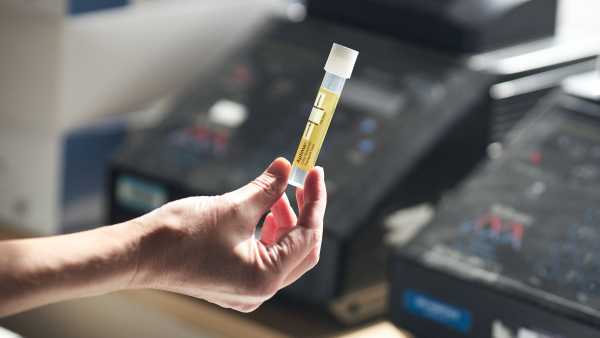
Scientists Turn Urine Into Material Suitable for Medical Implants
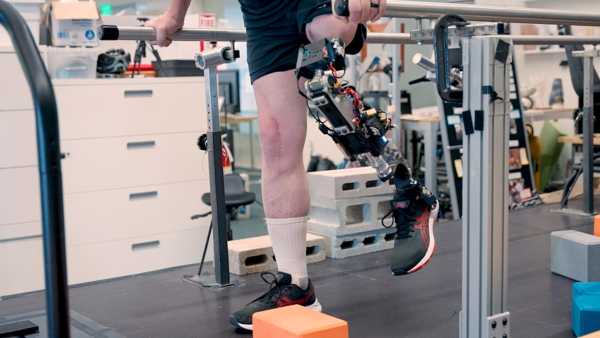
The new bionic knee connects directly to muscles and bones to provide a better feel for the user's body.
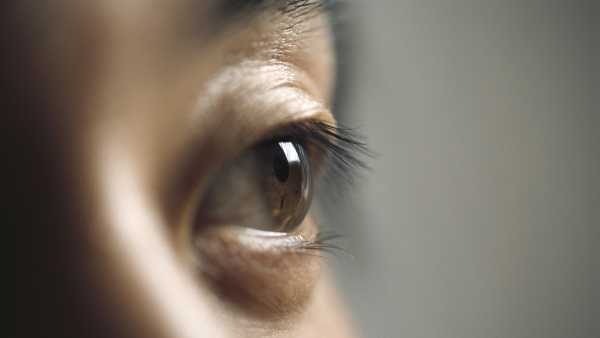
First trials of new non-laser eye treatment show promising results
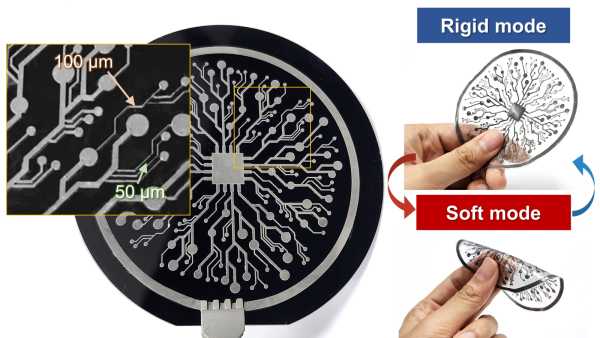
Scientists have invented a strange, shape-shifting “electronic ink” that could pave the way for a new generation of flexible gadgets.

Keratin Derived From Sheep Wool Restores Teeth, Making Breakthrough
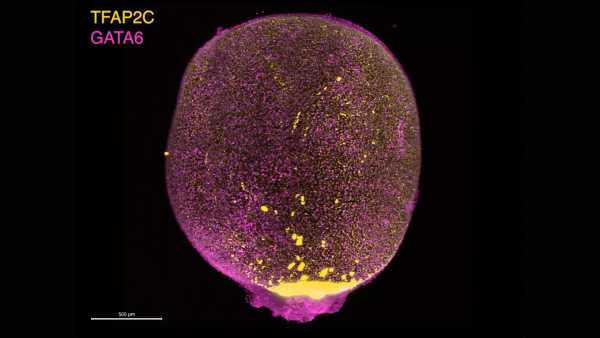
Scientists Grow Mini Amniotic Sacs in Lab Using Stem Cells. Latest News in Surgery
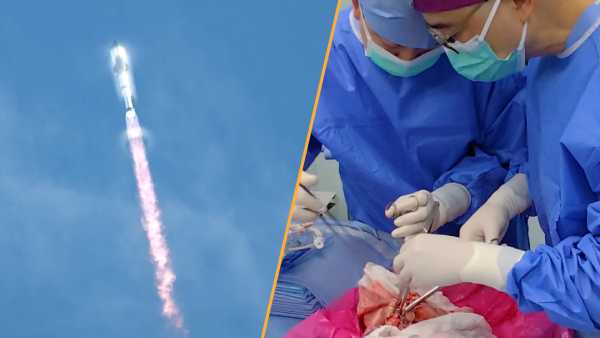
This week's science news: World's first pig-to-human lung transplant and successful SpaceX Starship test flight
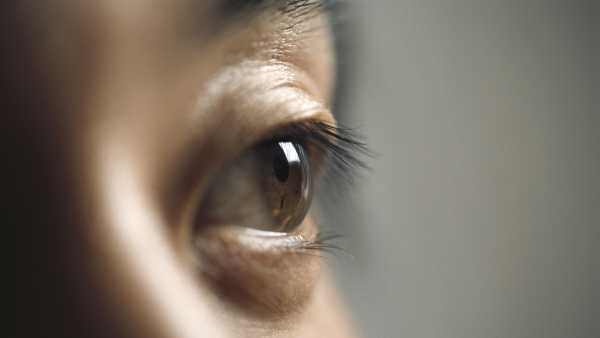
First trials of new non-laser eye treatment show promising results
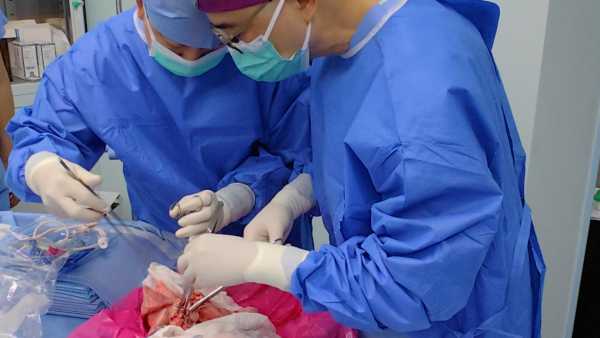
China has attempted the first pig-to-human lung transplant in a brain-dead person
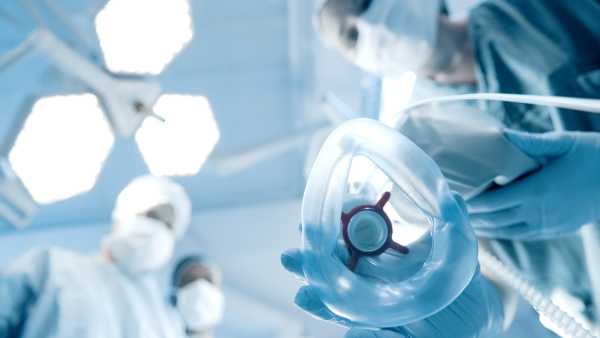
Are women less sensitive to anesthesia than men?
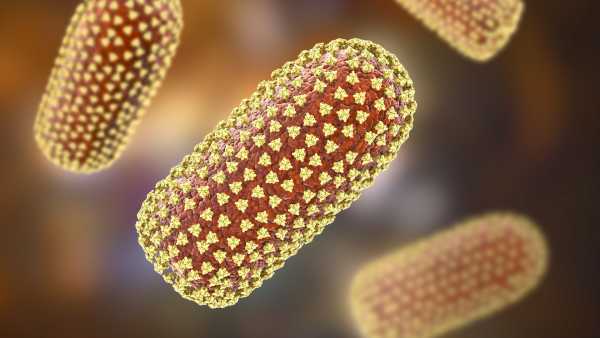
In an “extremely rare” case, a Michigan man has died of rabies after receiving a kidney transplant containing the virus.
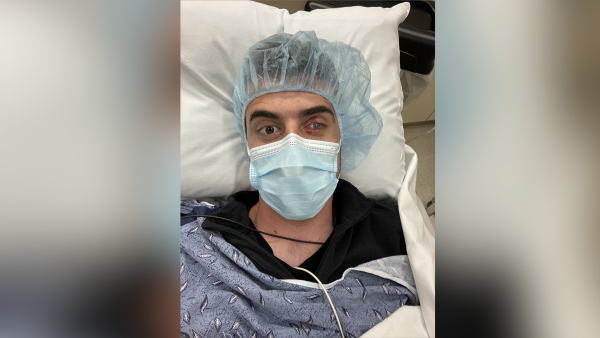
'It meant everything to me at that moment': Patient describes joy of regaining sight in one eye after new stem cell therapy Latest news
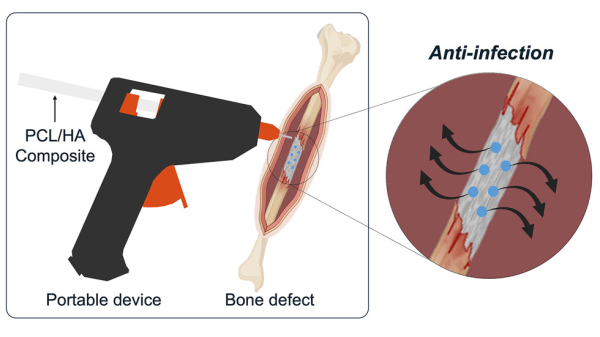
Scientists have developed a “glue gun” that 3D prints bone grafts directly onto fractures

Category 4 Hurricane Kiko is heading toward Hawaii, but forecasters say it will weaken before it gets there.
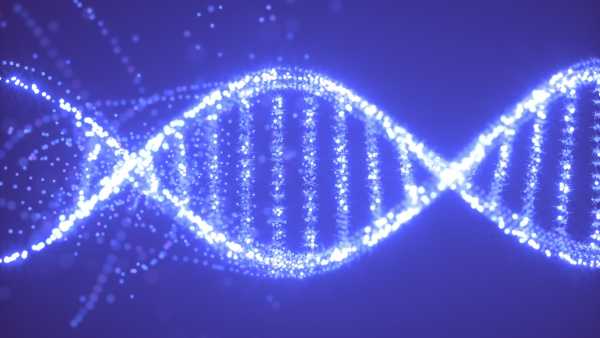
Gene Lost by Human Ancestors Millions of Years Ago Could Help Treat Gout
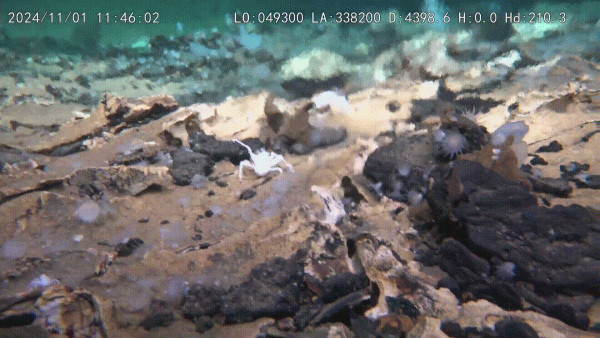
A Chinese submersible is exploring previously unknown giant craters on the Pacific Ocean floor – and they're teeming with life.
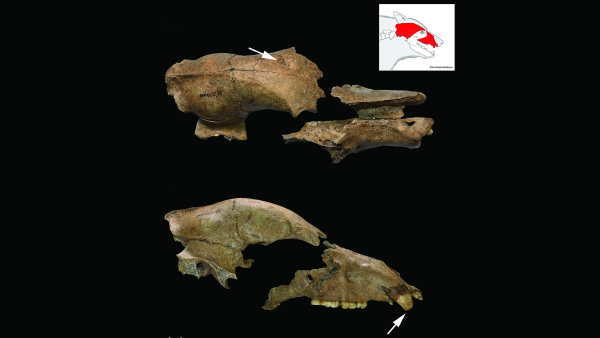
Skull of bear captured to fight Roman gladiators found near ancient amphitheater in Serbia
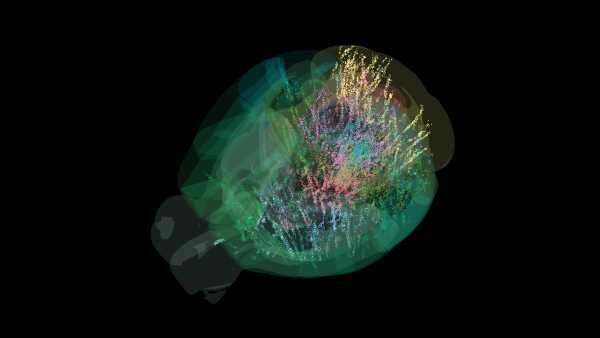
Map of 600,000 brain cells rewrites textbook on how brain makes decisions LATEST ARTICLES

Category 4 Hurricane Kiko is heading toward Hawaii, but forecasters say it will weaken before it gets there.
Live Science is part of Future US Inc., an international media group and leading digital publisher. Visit our corporate website.
- About Us
- Contact Future experts
- Terms and Conditions
- Privacy Policy
- Cookie Policy
- Accessibility Statement
- Advertise with us
- Web Notifications
- Career
- Editorial Standards
- How to present history to us
© Future US, Inc. Full 7th Floor, 130 West 42nd Street, New York, NY 10036.
var dfp_config = { “site_platform”: “vanilla”, “keywords”: “type-news-daily,serversidehawk,videoarticle,van-enable-adviser-
Sourse: www.livescience.com


